- Home
- ::
- HTX Crypto Exchange Review 2025: Fees, Security, and Features
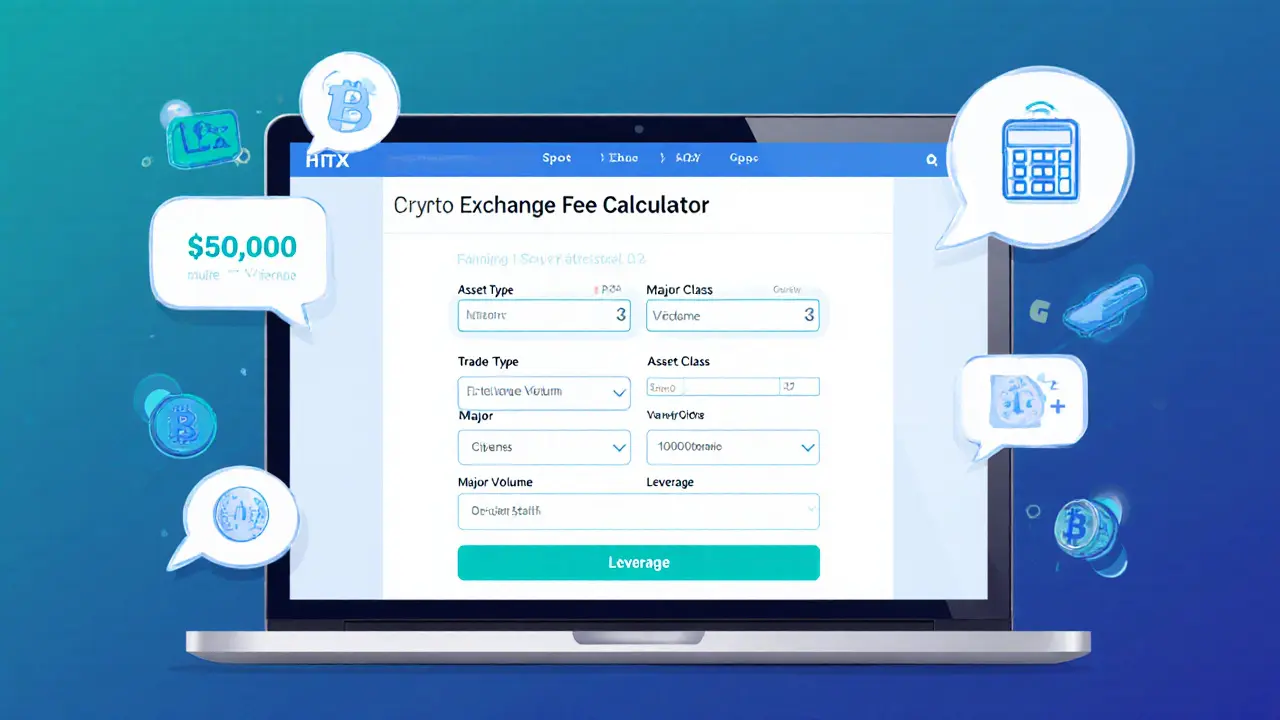
HTX Crypto Exchange Review 2025: Fees, Security, and Features
HTX Crypto Exchange Fee Calculator
Estimate Your HTX Trading Costs
Enter your trading details below to calculate estimated fees on HTX exchange in 2025.
Your Estimated HTX Trading Costs
HTX Fee Structure (2025)
| Service | Maker Fee | Taker Fee | Notes |
|---|---|---|---|
| Spot Trading | 0.20% | 0.20% | Flat rate across all assets |
| Futures Trading | 0.02% | 0.05% | Leverage up to 200× |
| P2P Trading | 0% | No platform fee, only network fees | |
| Withdrawal (USDT) | 1 USDT minimum | Varies for other coins | |
When you hear the name HTX crypto exchange, you might recall its older brand, Huobi, and wonder if the rebrand means a better experience. Launched in 2013, the platform has grown into a HTX is a global cryptocurrency exchange formerly known as Huobi, rebranded in 2024 to operate as a DAO‑governed “people’s exchange” serving more than 50million users and holding over $6.4billion in assets. This review breaks down what you’ll actually get - from fees and security to trading tools and support - so you can decide whether HTX fits your crypto journey in 2025.
Quick Overview
- Founded: 2013 (as Huobi), rebranded to HTX in 2024
- Users: 50+million (first half of 2025)
- Assets under custody: $6.4billion+
- Supported assets: 700+ cryptocurrencies
- Key services: Spot, futures, P2P, staking, NFT marketplace, copy‑trading, API & bots
- Governance: DAO‑based community model
Fee Structure: How Much Does Trading Cost?
Fees are the first thing traders compare, and HTX keeps its spot rates at a flat 0.2% for both makers and takers. That’s higher than some ultra‑low‑fee rivals but still competitive for a platform with a massive asset list.
Futures fees drop dramatically: makers pay 0.02% while takers pay 0.05%. Leverage can go up to 200×, meaning the fee impact is modest even on high‑risk positions.
The platform’s P2P marketplace is fee‑free, which is a nice perk for users in regions where fiat‑on‑ramps are limited. Withdrawal fees vary by coin - USDT costs 1USDT minimum, while Bitcoin and Ethereum withdrawals follow network‑based rates that can spike during congestion.
Here’s a quick snapshot:
| Service | Maker Fee | Taker Fee | Notes |
|---|---|---|---|
| Spot Trading | 0.20% | 0.20% | Flat rate across all assets |
| Futures Trading | 0.02% | 0.05% | Leverage up to 200× |
| P2P Trading | 0% | No platform fee, only network fees | |
| Withdrawal (USDT) | 1USDT minimum | Varies for other coins | |
Security and Compliance: Can You Trust HTX?
Security is where HTX has both strengths and lingering concerns. The exchange employs multi‑factor authentication, hardware‑level cold storage, and a multi‑tier storage system that separates the bulk of user funds from hot wallets. A quarterly proof of reserves audit backs up its claim that assets truly back user balances.
On the compliance side, HTX still faces bans in the United States, Mainland China, Singapore, and several other jurisdictions. The platform’s KYC ladder includes three levels (L1 basic, L2 standard, L3 advanced). While L1 lets you trade spot instantly, advanced features like high‑leverage futures and sizable withdrawals demand L3 verification, which many users find cumbersome.
Past security incidents - notably a 2018 breach that led to a temporary loss of funds - still echo in community discussions. The rebranding effort emphasized tighter audits and partner‑driven bug bounty programs, but the memory of that breach remains a cautionary footnote.
Trading Tools and Features
HTX’s toolbox is designed for both beginners and power traders. The web and mobile apps both integrate TradingView charts, giving you an industry‑standard set of indicators, drawing tools, and overlay options. For algorithmic traders, the platform offers a robust API, ready‑made bots, and a copy‑trading marketplace where you can mirror top performers.
Staking and earning products have expanded beyond simple “hold‑and‑earn.” You can engage in node staking - effectively participating in blockchain consensus - or lock assets into dual‑reward “ETP” contracts that payout in both the underlying crypto and a stablecoin.
One unique offering is the HTX DAO voting portal, where token‑holding community members can propose and vote on governance changes, fee adjustments, or new asset listings. This democratic layer is still experimental but signals a shift toward decentralized exchange management.
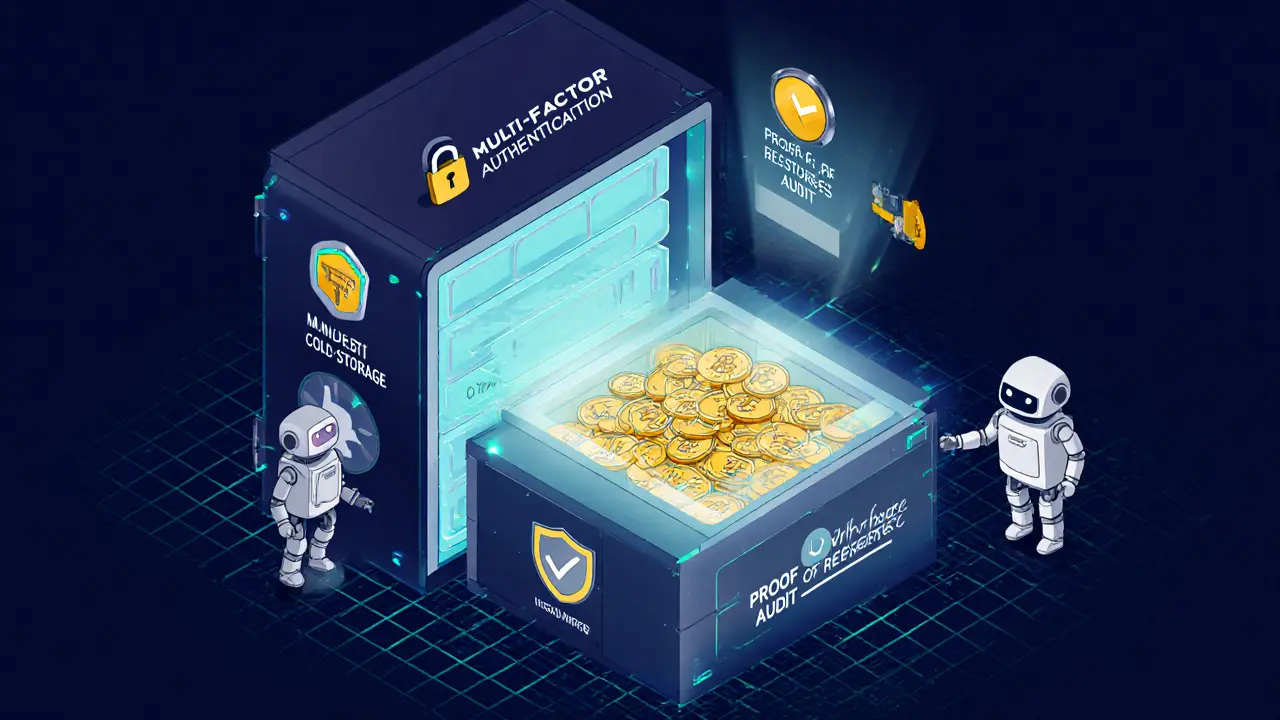
User Experience: What Do Traders Say?
The interface gets praise for being clean and multilingual, with Russian, English, and several Asian languages available. New users can start with L1 verification and trade spot assets within minutes. However, many users report that moving beyond basic trading feels like climbing a steep hill: the KYC steps are described as “confusing” and sometimes take days to clear, especially for L3.
Customer support operates 24/7 via live chat and email, yet response times are often slower than giants like Binance or Coinbase. Withdrawal fees that differ per coin, combined with occasional network congestion, can lead to surprise costs for low‑volume traders.
Overall sentiment: experienced traders love the asset depth and advanced tools; casual users sometimes feel the platform is geared toward heavier activity.
How Does HTX Stack Up Against the Big Players?
To give you context, here’s a quick side‑by‑side look at three major exchanges. All figures are from Q22025 data where available.
| Feature | HTX | Binance | Coinbase |
|---|---|---|---|
| Spot fee (maker/taker) | 0.20% / 0.20% | 0.10% / 0.10% | 0.50% / 0.50% |
| Futures fee (maker/taker) | 0.02% / 0.05% | 0.01% / 0.04% | N/A |
| Assets offered | 700+ | 1,200+ | 250+ |
| Max leverage | 200× | 125× | N/A |
| DAO governance | Yes | No | No |
| Fiat on‑ramps | Limited (no US) | Global (incl. US) | Extensive (incl. US) |
HTX shines in leverage and community governance, but it trails behind Binance and Coinbase in fiat accessibility and overall fee aggressiveness.
Pros and Cons
- Pros
- Over 700 crypto assets - one of the widest selections.
- High leverage (up to 200×) for futures traders.
- DAO‑driven governance adds a community voice.
- Zero‑fee P2P marketplace.
- Integrated TradingView charts and API for bots.
- Cons
- Complex, tiered KYC can delay access to advanced features.
- Higher spot fees compared to low‑fee rivals.
- Customer support slower than top competitors.
- Regulatory bans limit usage in the US, China, Singapore, etc.
- Withdrawal fees vary and can be pricey on low‑volume coins.
Bottom Line: Should You Trade on HTX?
If you’re a seasoned trader chasing a massive asset list, high leverage, and want a say in platform governance, HTX is a solid choice. The fee structure is fair for active traders, and the suite of staking and copy‑trading products lets you earn beyond pure speculation.
Casual investors or users who need fast fiat deposits in the US or Europe may find the verification hurdles and limited fiat on‑ramps frustrating. In that case, a more fiat‑friendly exchange could be a better fit.
Overall, HTX’s growth trajectory and DAO experiment make it a platform to watch, especially as it tightens compliance and improves support.
Frequently Asked Questions
Is HTX safe for storing large amounts of crypto?
HTX uses cold‑storage for the majority of user funds, multi‑factor authentication, and publishes quarterly proof‑of‑reserves audits. While no exchange is 100% risk‑free, its security infrastructure meets industry standards and is comparable to other major platforms.
What verification level do I need for futures trading?
Futures trading, especially with high leverage, requires L3 Advanced Verification. This includes full identity documents, proof of address, and sometimes a source‑of‑funds declaration.
Can I use a US bank card to deposit fiat on HTX?
No. HTX does not support direct fiat deposits from US banks due to regulatory restrictions. Users typically rely on P2P crypto‑to‑crypto transfers or external bridges.
How does the HTX DAO influence the platform?
Holders of HTX’s governance token can propose and vote on changes such as fee adjustments, new token listings, or feature rollouts. While the DAO’s decisions are advisory, they are factored into the roadmap by the core team.
What are the withdrawal fees for Bitcoin?
Bitcoin withdrawals follow the network’s fee market. HTX adds a small service fee (usually a few dollars) on top of the blockchain fee, which can rise during high‑traffic periods.
Is there a mobile app for HTX?
Yes. HTX offers native iOS and Android apps with the same trading tools, staking options, and security features as the web version.


 Finance
Finance
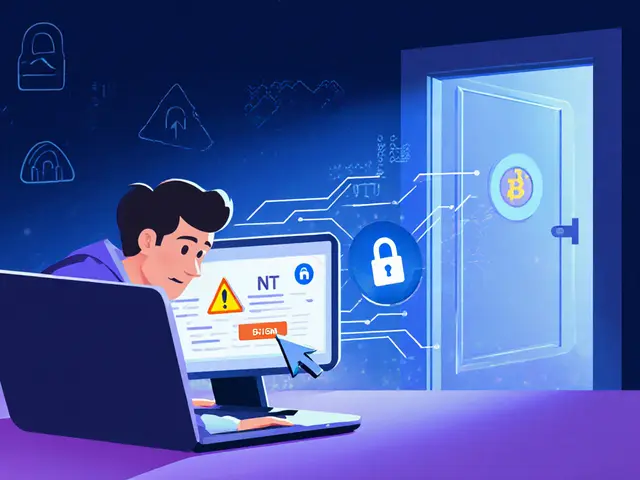

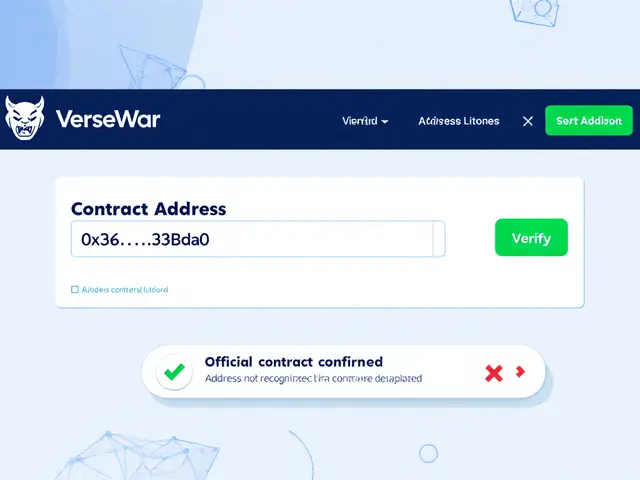
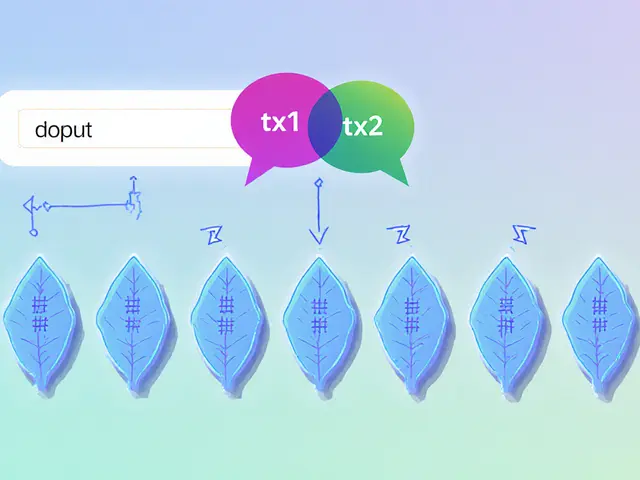

Write a comment